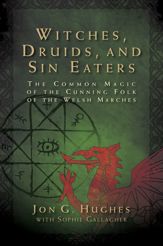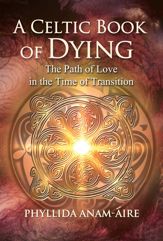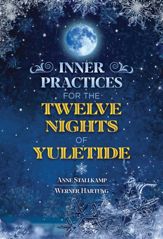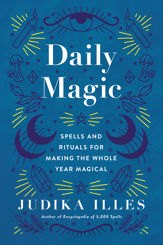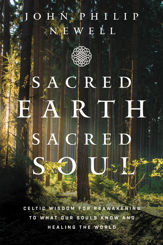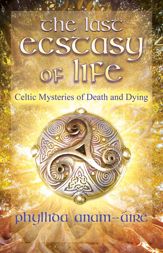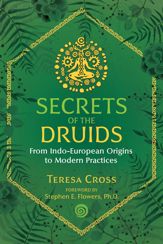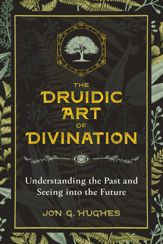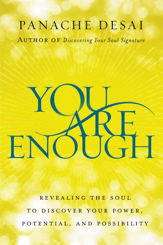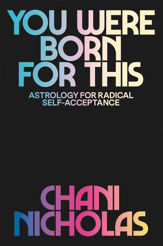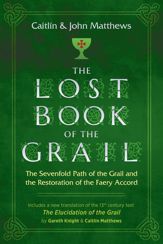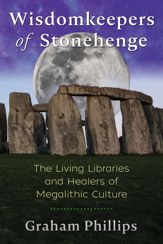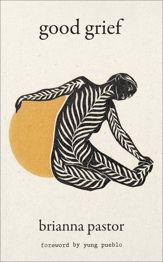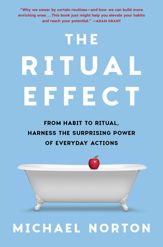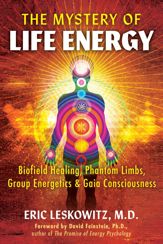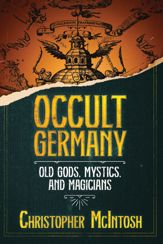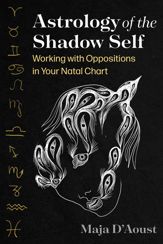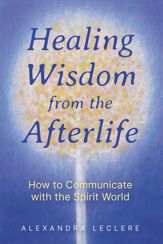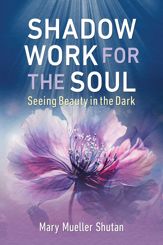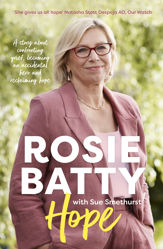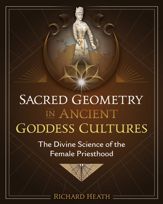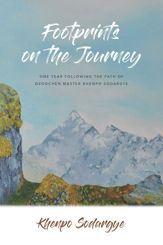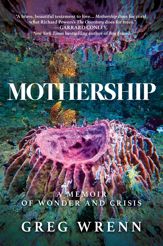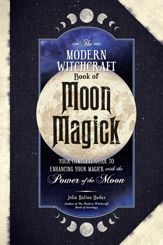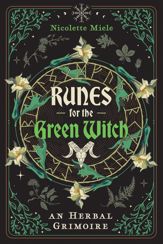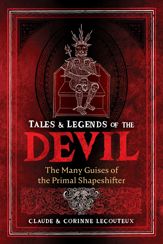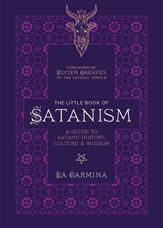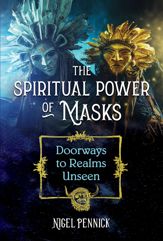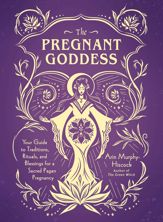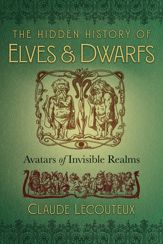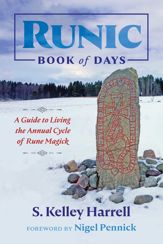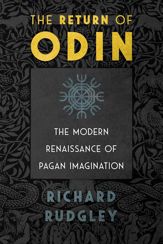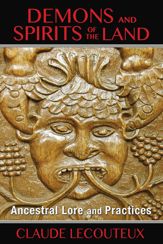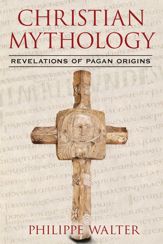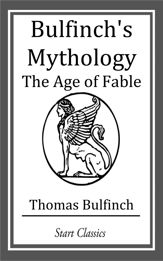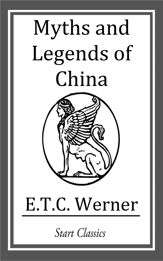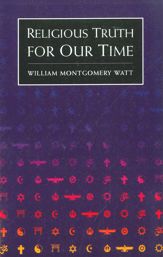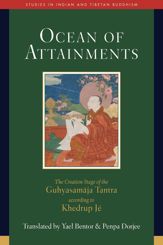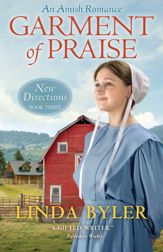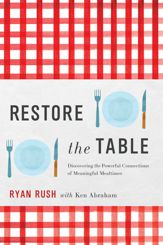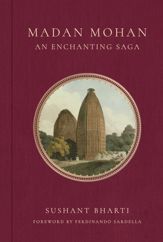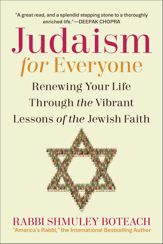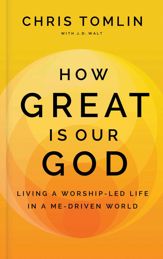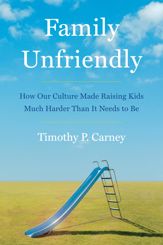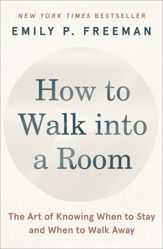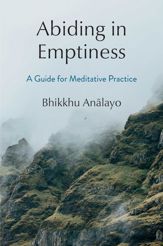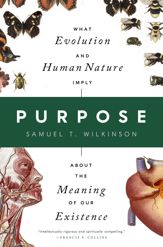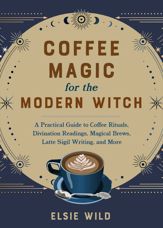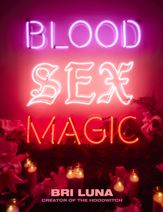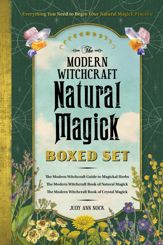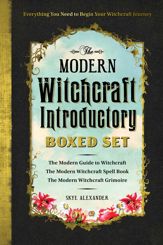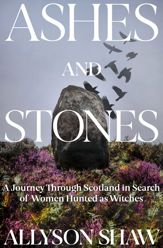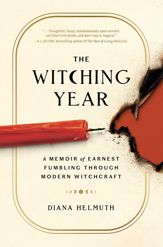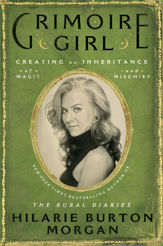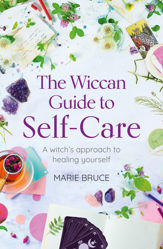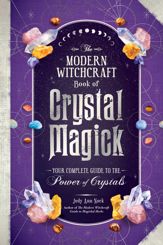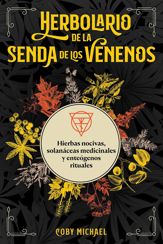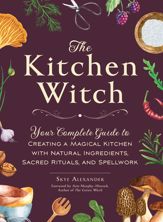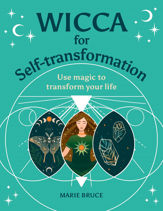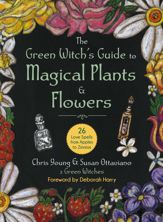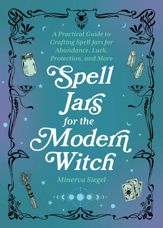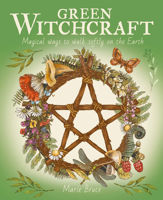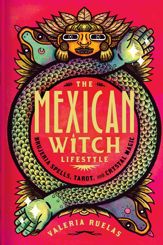"Ellen Evert Hopman’s The Sacred Herbs of Samhain is a fascinating sourcebook of lore, history, magical methods, and practical information regarding plants sacred to the festival of Samhain. Samhain, observed at the end of the Celtic year as autumn turns to winter, is also noted for being a time when ancestral and otherworldly spirits are most likely to interact with the living. Though its focus is on the beautiful and haunting time of Samhain, The Sacred Herbs of Samhain can be used year round to appreciate and explore the cycles of our natural and mystical world."
Description
A practical guide to using the sacred herbs of Samhain for healing, divination, purification, protection, magic, and as tools for contacting the Spirits
• Explores the identification, harvest, and safe practical and ritual use of more than 70 plants and trees sacred to the Celtic festival of Samhain, the origin of Halloween
• Details the most effective plants for protection from the mischief of Fairies, herbs for releasing the Dead, and visionary plants for divination and shamanic work
• Provides instructions and suggestions for a traditional Dumb Supper, offerings to the Land Spirits, Samhain rites, and recipes for the sacred foods of Samhain
The ancient Celts separated the year into two halves, the light half and the dark half, summer and winter. The festival of Samhain, from which the modern holiday of Halloween originates, marks the transition from summer to winter, the end of the Celtic year, a time when the barriers between the physical and spiritual world are at their most transparent. The herbs most characteristic of this time have specific magical and healing properties that echo the darker aspect of the year and offer potent opportunities for divination, contact with ancestors and Land Spirits, and journeys in the Otherworld.
Presenting a practical guide to the sacred herbs and trees of Samhain, Ellen Evert Hopman details the identification, harvest, and use of more than 70 plants and trees in healing, divination, purification, magic, and as tools for contacting the Spirits wandering the landscape at this liminal time of year. She explores the most effective plants for protection from the mischief of the “Good Neighbors,” the Sidhe or Fairies, as well as herbs for releasing the Dead when they are trapped on this plane. Identifying visionary plants used to induce ecstatic trance, Hopman explores how herbs have been used for millennia to aid in psychic travel and shamanic work and shows how one might safely use plants to take a voyage to the Otherworld. Drawing on her knowledge as a master herbalist, she also includes cautions to prevent harm and misidentification, along with advice on basic etiquette and common sense approaches to herb magic.
Detailing the history, rites, and traditions of Samhain, Hopman explains how to make an offering to the Land Spirits and provides instructions for the traditional Samhain ritual of the Dumb Supper, complete with recipes for the sacred foods of Samhain, such as Soul Cakes, Colcannon, Boxty bread, and dandelion wine. Woven throughout with mystical tales of folk, Fairy, and sacred herbs, this guide offers each of us practical and magical ways to connect with Nature, the plant kingdom, the Spirits that surround us, and the turning of the year.
Reviews
“The Sacred Herbs of Samhain offers even more than bringing us into the magical world of spirits and fairies! I recommend that anyone fascinated by herbs embark on a literary herbal foray with Ellen Evert Hopman. Her in-depth knowledge of herbs provides a unique reference resource for the harvesting techniques, preparation methods, dosages, cautions, and use details for both physical and spiritual healing, complete with the fragrance of informative ancestral herbal lore.”
“. . . a very straightforward, practical guide for those readers who want to actually put the information to use. This is the kind of book that gets dog-eared from sitting on your kitchen table or altar rather than dusty from sitting on your bookshelf. Highly recommended for all levels of practitioners.”
“There are all kinds of herbalists but none as magical and profound as Ellen. I cherish every book--every word--she gifts us with.”
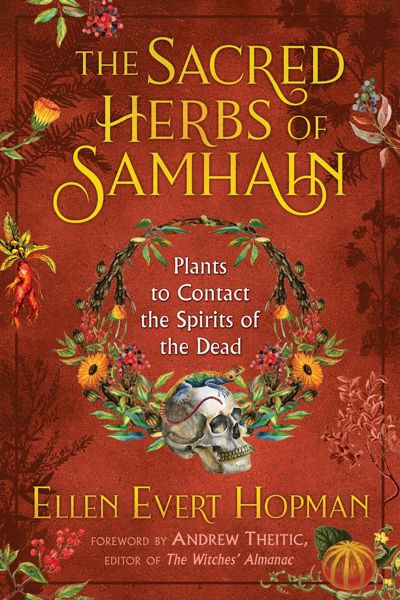
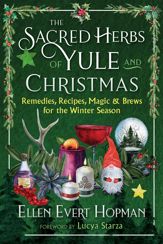
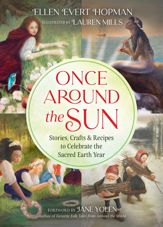

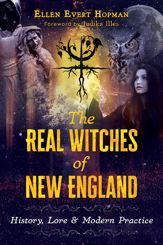
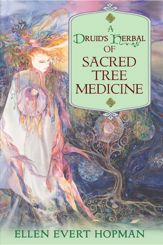
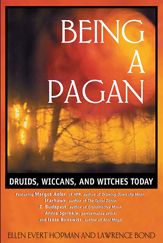
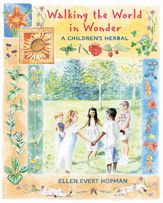
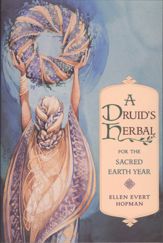
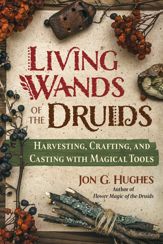
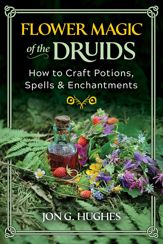
![Anam Cara [Twenty-fifth Anniversary Edition] - 29 Nov 2022](https://ingress-cdn.pressreader.com/imageserver/v1/image/books/2d912be9-c256-496d-b28d-b825494cabc0?width=163)
